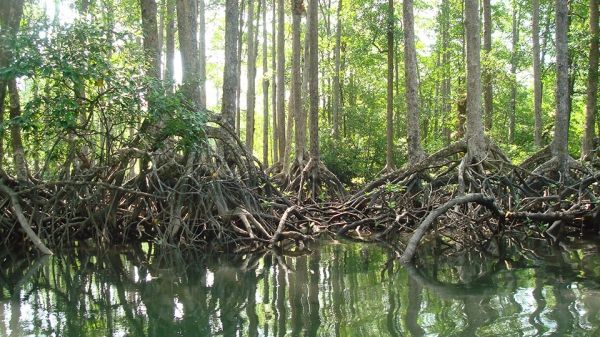Mangroves account for only 0.7 per cent of the Earth’s tropical forest area, but they are among the world’s most productive and important ecosystems. They provide a wealth of ecological and socio-economic benefits, such as serving as nursery habitat for fish species, offering protection against coastal surges associated with storms and tsunamis, and storing carbon.
While many countries have established legal protection for mangroves, their value for sustainable ecosystem services face strong competition from converting the land to other more lucrative uses, particularly for agriculture. In the past decade, studies have shown that mangrove deforestation rates are higher than the deforestation of inland terrestrial forests.
New research from NUS provided additional support for this, with results showing that mangroves deforestation rates in Myanmar, an important country for mangrove extent and biodiversity, greatly exceed previous estimates.
The research, led by Associate Professor Edward Webb and Mr Jose Don De Alban from NUS Biological Sciences, was published online in the journal Environmental Research Letters on 3 March 2020.
Read more at National University Of Singapore
Photo: A pristine mangrove forest dominated by Rhizophora mucronata at Lampi Island in Tanintharyi region, Myanmar. CREDIT: Dr Maung Maung Than


